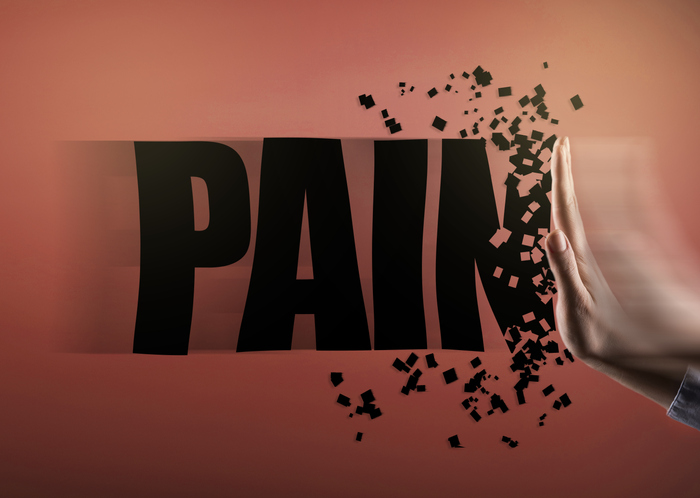Pain
Managing Post-Surgical Cancer Pain

1 person found this helpful
Print
Share
Save
Depending on the type and location of cancer, surgery is sometimes part of the treatment plan. Surgery is performed to remove tumors, lymph nodes, or body tissues that are at high risk of cancer cells returning (e.g., a mastectomy for breast cancer).
Discomfort and pain after surgery are normal. Pain can either be acute or chronic. Acute pain occurs immediately following surgery and improves as the body heals. Chronic pain is rarer but can last for years after surgery. However, whether acute or chronic, there are ways to reduce post-surgical pain.
Six tips for managing pain after cancer surgery are outlined below.
- Take pain medication as prescribed. Pain medications are most effective when taken regularly rather than waiting until the pain becomes severe. Taking medications based on time (if prescribed in that manner) rather than as needed, can keep pain levels more manageable and uniform.
- Use temperature therapy. In the days immediately following surgery, icing the surgical area can help reduce inflammation and pain. After the first few days — or if post-surgical pain is chronic — using a heating pad or warm compress may help.
- Try relaxation therapy. Relaxation therapy, such as deep breathing exercises or meditation can help reduce pain and also relieve some of the stress and anxiety that can occur during or after cancer treatment.
- Massage the scar area. Once the surgical wound forms a scar, massaging the area can loosen up adhesions that cause pain. Gentle massage can also help desensitize painful areas. A physician can advise on when to begin and how to do self-massage.
- Move when possible. Stretching and strengthening exercises can help improve mobility and reduce stiffness and pain after surgery. For example, arm stretches and exercises, such as arm lifts or arm swings, may be beneficial after breast cancer surgery. A physician or physical therapist should be consulted to determine what types of exercise are most beneficial and when to begin a stretching regimen.
- Talk to a physician. While some pain after surgery is normal, it can also be a sign of a complication, such as an infection, or the need for a different pain medication. If post-surgical pain occurs, a physician should be consulted, especially if the pain is severe or is accompanied by other symptoms, such as fever, vomiting, or shortness of breath.










